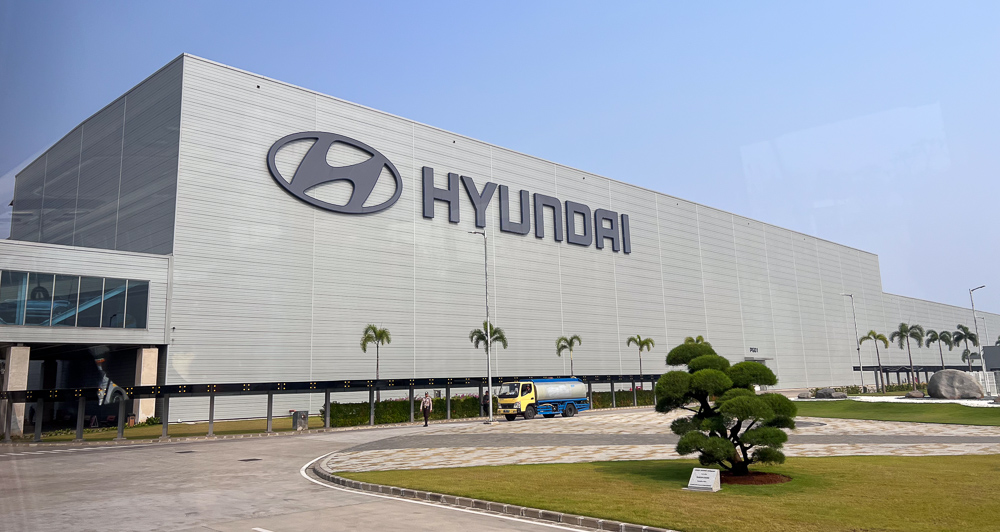
It’s always a wondrous thing whenever automakers take us on plant tours—witnessing the process of how vehicles start out as sheets of metal, rubber, and wiring, to be completed into the very vehicles that we drive around on our roads.
We wrote about Hyundai’s newest manufacturing facility in Cikarang, Indonesia—Hyundai Motor Manufacturing Indonesia (HMMI)—but we were able to tour the actual plant thanks to Hyundai Motor Philippines.


This 77-hectare facility manufactures the Stargazer, the Stargazer X, and the Creta locally, but also assembles cars (CKD or completely knocked-down kits) such as the Ioniq 5 and the Santa Fe.
We were told it has an annual production capacity of about 150,000 units that get sent to other places in Southeast Asia and also South America. Cool, right? But it goes a whole lot deeper than just making cars from scratch.
For one, the automaker takes extra care in making sure its employees and workers are treated, trained, and provided the best tools to make their jobs smoother. With Indonesia having the biggest Muslim population in the world, it is only right that there is a halal canteen and a mosque. Of course, the plant is complete with a medical and psychology center.


Our first destination was a comprehensive safety center, where they had simulations for workers to understand what exactly would happen instead of theoretical scenarios, such as an overloaded wire burning up, or how much force a hard hat takes. Plus, all the equipment shown off was brought in from South Korea, which shows that the company takes safety seriously.


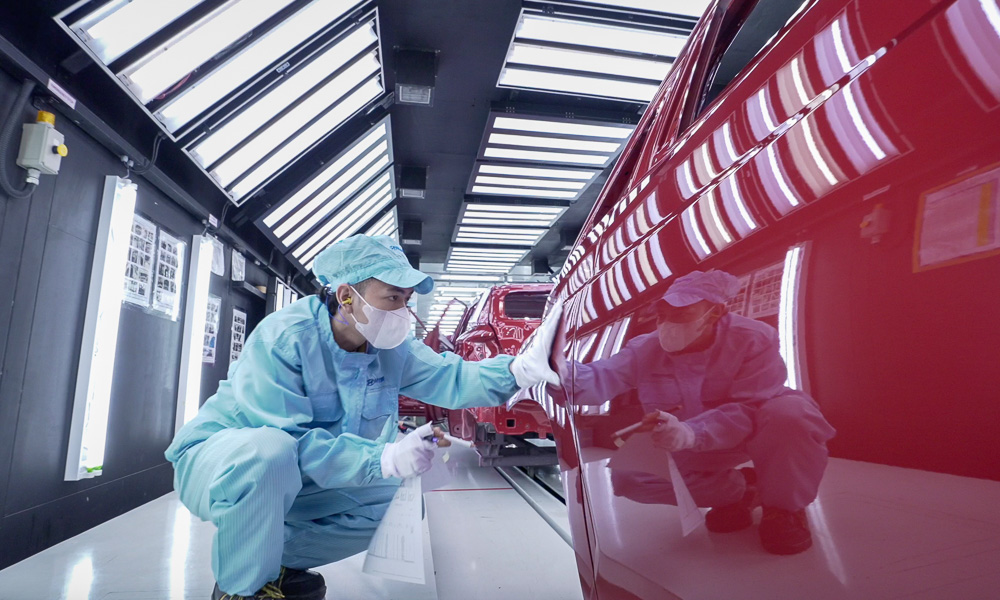
We did pass by places like engine assembly and chassis painting, but these were off-limits without special PPE that wasn’t available to us during our visit, so our next destination was the stamping plant.




This 12,046sq-m section transforms sheets of metal into the very body panels fitted to the cars on the assembly line. It is capable of spitting out at least 500 panels per hour, with 61.5% of the process being handled by robots.
The gargantuan size of the stamping machine, along with the loud bangs, gave off an intimidating atmosphere, but the sheer efficiency and rate of the sheet metal being processed were just simply stunning.



The next place may catch you off guard, as the first thing that greeted us was a cold breeze. Yes, the majority of the plant is air-conditioned to improve the comfort of employees, along with wearable tech being used to help with work-related repetitive stress injuries.
You might think this will increase the plant’s carbon emissions, but it’s utilizing solar energy, as well as other aspects that help make it more environmentally friendly.
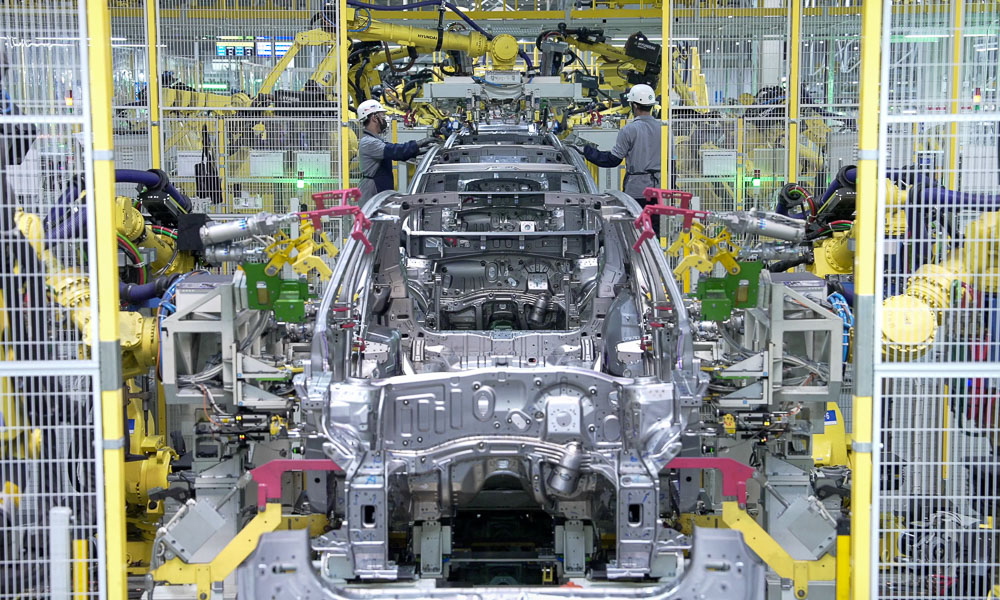


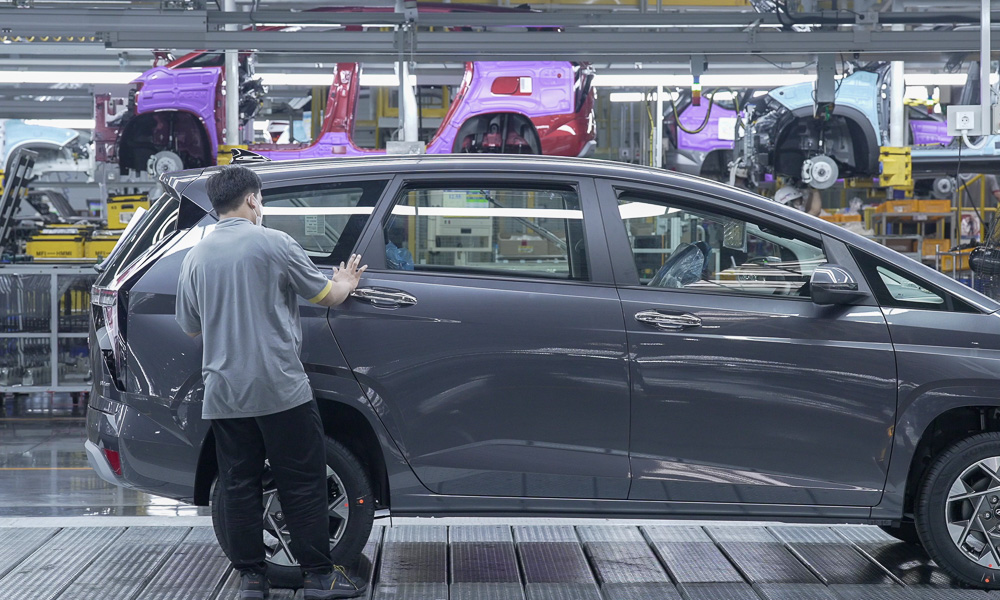
Here, we were shown the welding and assembly lines. As expected, there is some degree of automation: 409 robots at 231 stations for welding, and the final assembly line is automated by 10.5% out of the 211 human staffers.
Sparks would fly in a controlled manner as the robots would zip and whiz about to their predetermined welding spots, preparing for the next chassis to arrive.
Here, we could see both left- and right-hand-drive vehicles being assembled on the same line, showcasing the flexibility of the plant. And finished vehicles undergo quality control testing before they are driven off to be prepared for shipping.

It is genuinely impressive to see just how far the company has come since its early days as a manufacturer, coming from having a less-than-stellar reputation for build quality to a state-of-the-art factory outside of its home country.
In fact, the car manufacturer is working to establish a battery cell factory in Karawang, Indonesia, to help locally produce batteries for its EVs, which should then further bring down the costs of the Ioniq 5 not only in Indonesia but in other Southeast Asian countries like ours.

The HMMI plant is an example of just how great things could be if processes were done the right way.


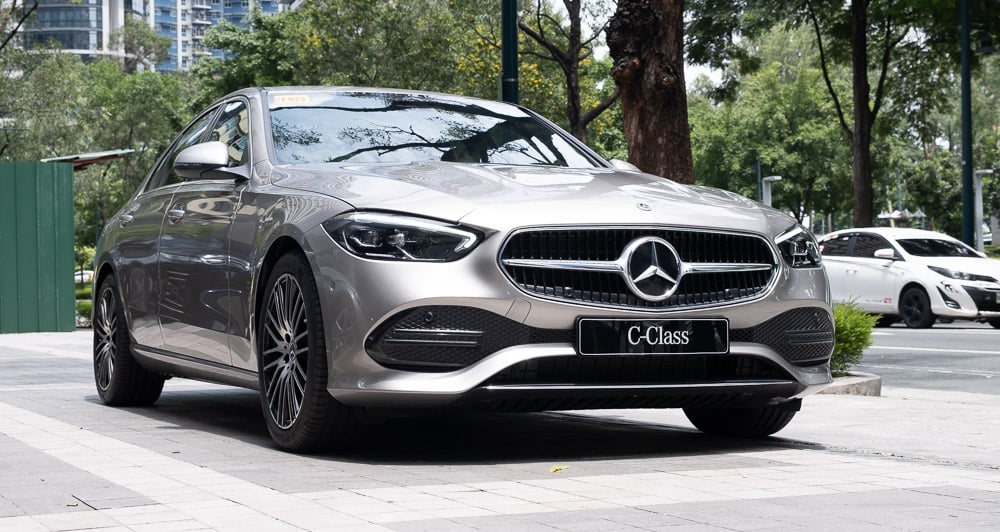
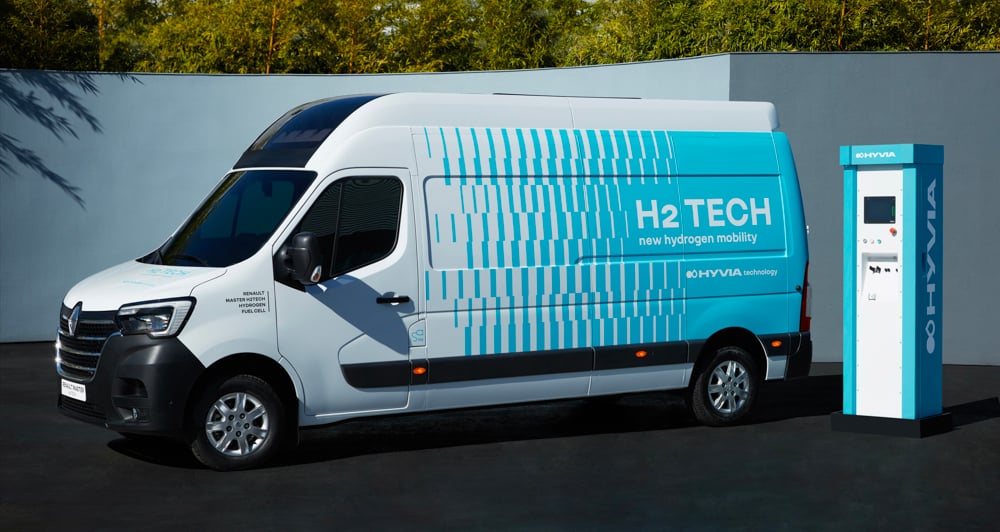






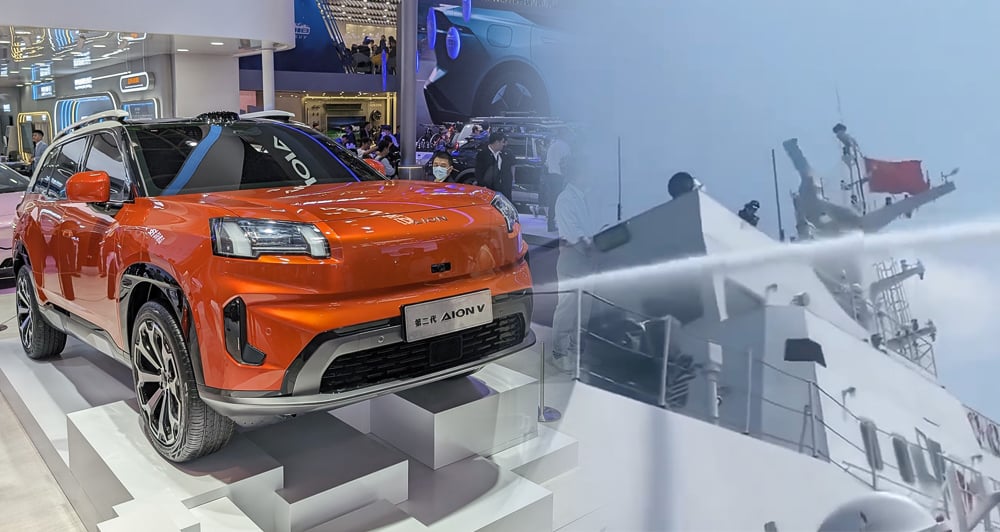
Comments